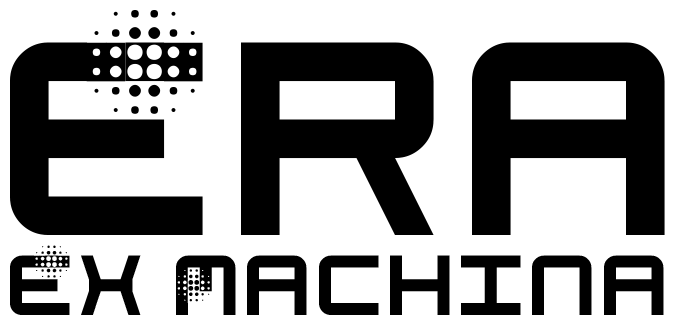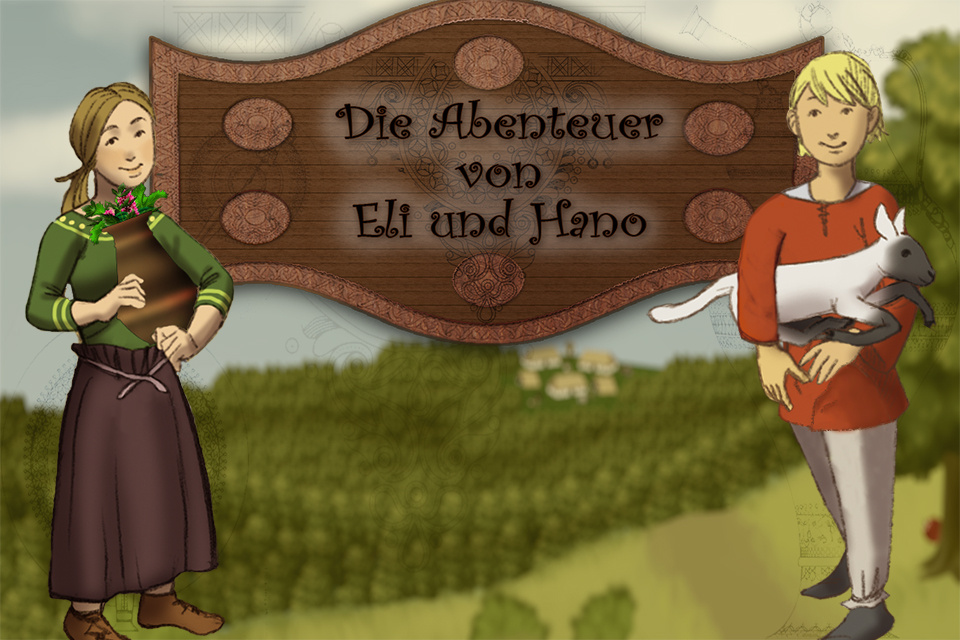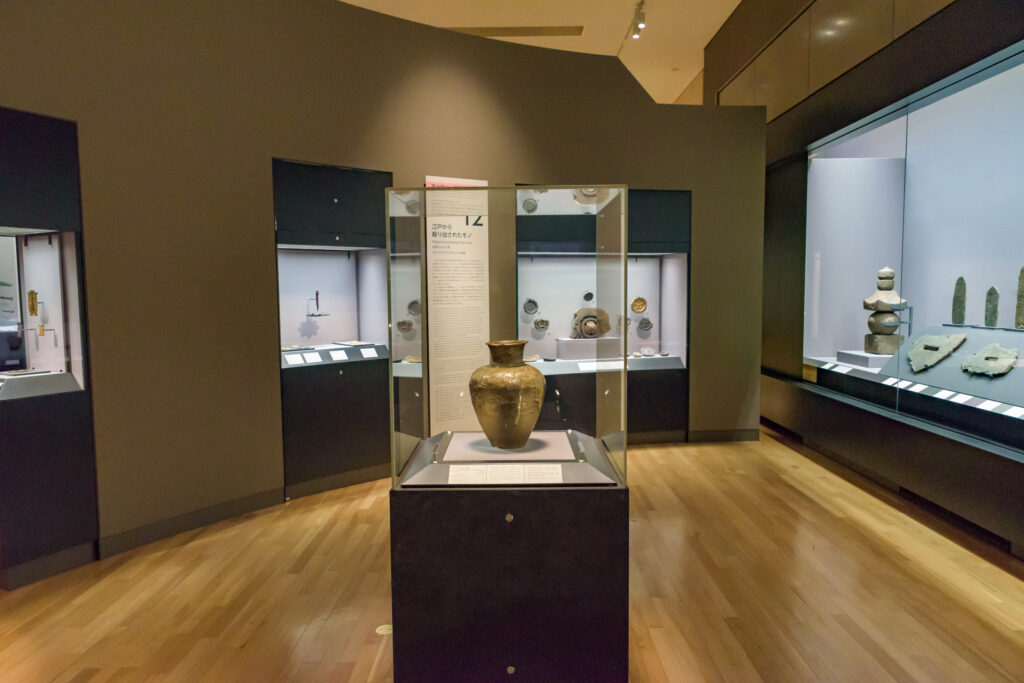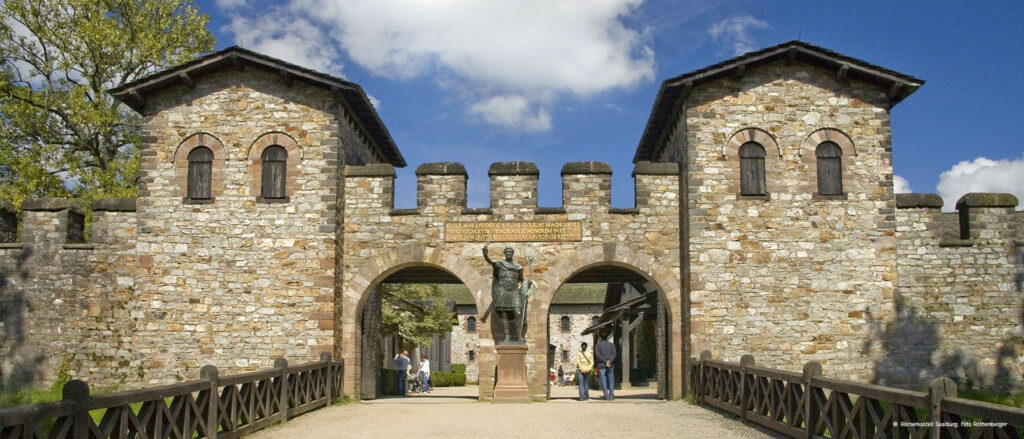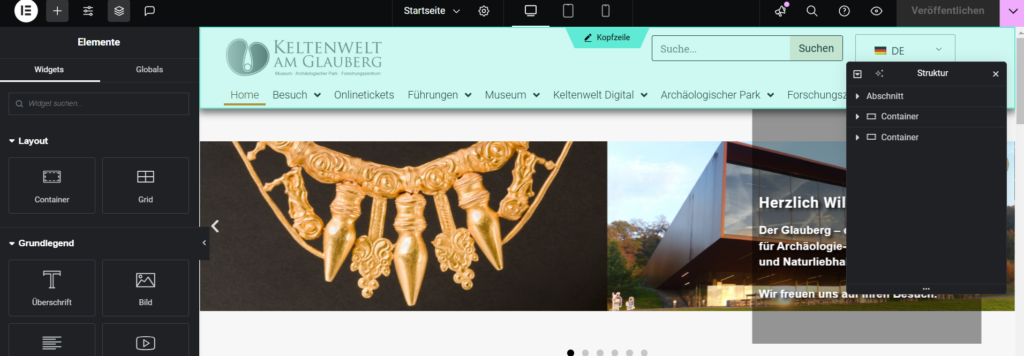So, you’re thinking about building or updating your museum’s website, and you’re wondering, “Can I just build my own website?” It’s a fair question. With so many DIY website builders out there, it seems like anyone can create a site these days. But when it comes to creating a museum website that truly showcases your exhibits and engages your visitors, there’s a bit more to consider.
From my experience, the best approach is to combine Elementor, a fantastic WordPress page builder, with a selection of quality plugins, and sprinkle in some tailored in-house development. Let me explain why this combination works so well and how it can benefit your museum.
What Is Elementor and Why Should You Care?
First off, if you’re not familiar with Elementor, it’s a user-friendly page builder plugin for WordPress. It allows you to design custom pages using a simple drag-and-drop interface. No need to dive into complicated code or hire a full-time developer for every little change.
With Elementor, you can:
- Design visually: See your changes in real-time as you build.
- Customize layouts: Create unique page designs that reflect your museum’s brand.
- Ensure responsiveness: Make sure your site looks great on desktops, tablets, and phones.
But as powerful as Elementor is, it’s just one piece of the puzzle.
The Magic of Plugins
Plugins are like apps for your website. They add specific features without you having to code them from scratch. For a museum website, there are several plugins that can make your life easier and your visitors’ experience better.
Some Essential Plugins for Museums:
- Event Calendar: Showcase upcoming exhibitions, workshops, and events.
- SEO Tools: Help your site get found on search engines like Google.
- Gallery Plugins: Display your artifacts and exhibits in engaging ways.
- Donation Plugins: Facilitate online donations to support your museum.
- Multilingual Support: Cater to an international audience with translations.
By carefully selecting the right plugins, you can add powerful features to your site without reinventing the wheel.
Why Custom Development Matters
Even with Elementor and plugins, there might be specific functionalities unique to your museum that require custom solutions. That’s where tailored in-house development comes into play.
Benefits of Custom Development:
- Unique Features: Maybe you want an interactive map of your museum, or a custom search tool for your online collection. Custom development makes this possible.
- Integration with Systems: Connect your website to your museum’s inventory system or ticketing platform.
- Optimized Performance: Ensure your site loads quickly and runs smoothly, providing a better experience for visitors.
Custom development fills in the gaps where Elementor and plugins can’t meet your specific needs.
Can You Just Build Your Own Website?
Technically, yes. There are plenty of website builders that promise easy setup and maintenance. But here’s the thing:
- Limited Flexibility: DIY builders often have restrictions that make it hard to create a truly unique and functional museum website.
- Scaling Issues: As your museum grows, you might outpace the capabilities of a basic website builder.
- Lack of Professional Touch: First impressions matter. A professionally designed website can enhance your museum’s credibility.
If you want a website that not only looks good but also serves the unique needs of your museum and its visitors, combining Elementor, plugins, and custom development is the way to go.
How This Combination Benefits Your Museum
1. Cost-Effective
By using Elementor and plugins for the bulk of the work, you save time and money. Custom development is then focused on the unique features that really make a difference.
2. Customization
Your museum isn’t like any other, so your website shouldn’t be either. This approach allows you to create a site that’s truly representative of your mission and collections.
3. Better Visitor Engagement
With interactive features, easy navigation, and a responsive design, your visitors will have a better online experience, encouraging them to engage more with your museum.
4. Future-Proofing
As technology evolves, your website can adapt more easily. Plugins and custom code can be updated or replaced without overhauling the entire site.
Final Thoughts
Building a museum website is more than just putting information online. It’s about creating an extension of your museum that educates, inspires, and connects with people.
By leveraging the strengths of Elementor for design, utilizing plugins for added functionality, and implementing custom development for specialized needs, you set your museum up for online success.
So, while you could build your own basic website, investing in a more robust solution will pay off in the long run, attracting more visitors and enhancing their experience with your museum.
